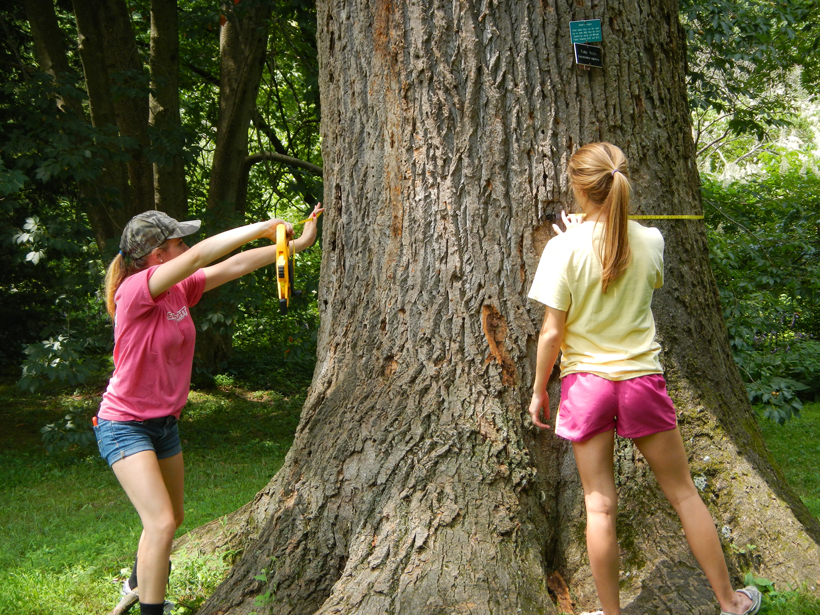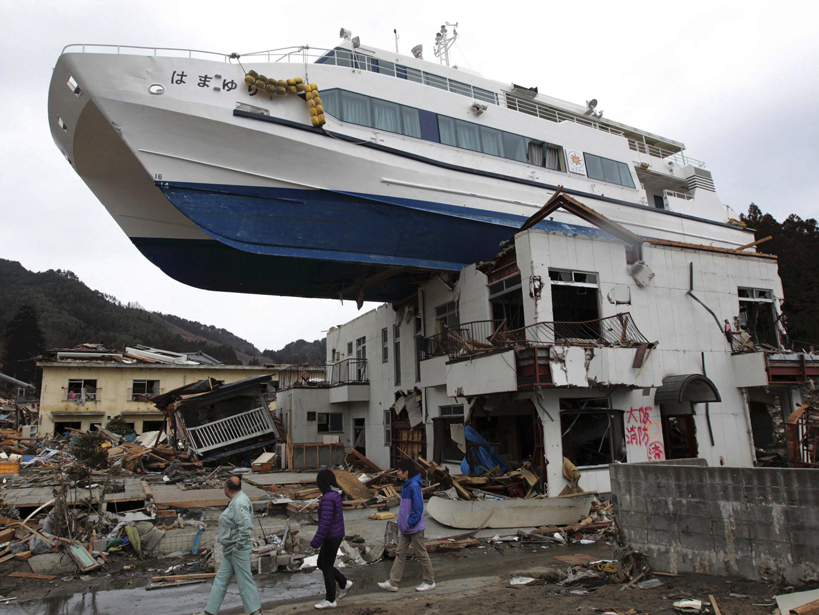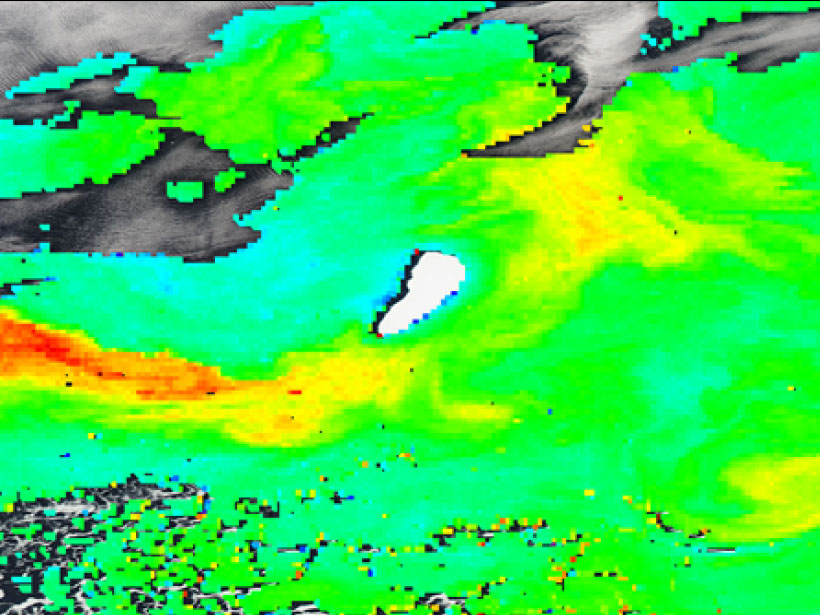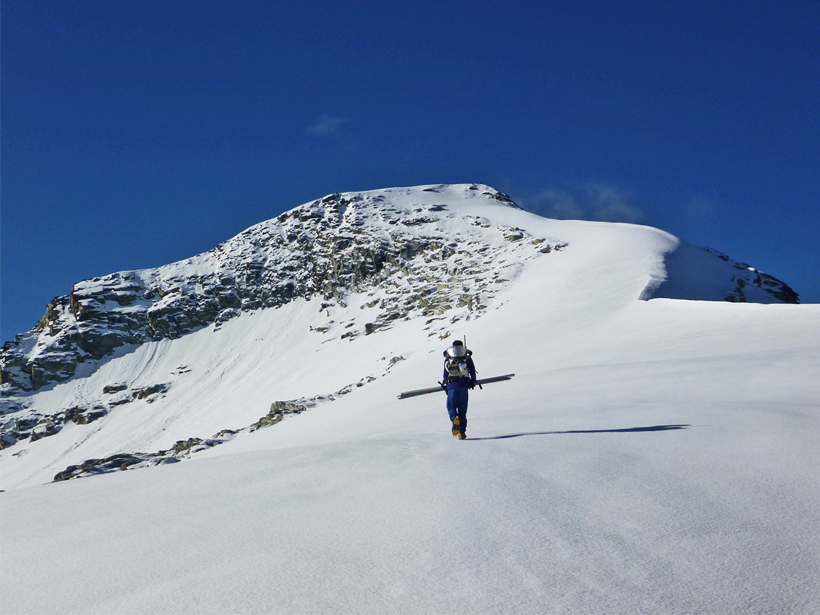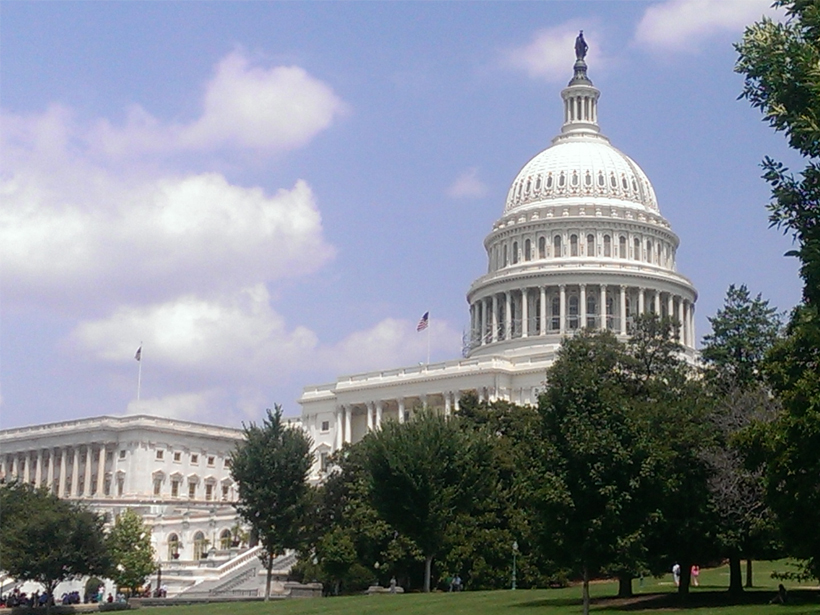Scientists testing the quality of floodwater in a Florida city find potentially harmful bacteria.
JoAnna Wendel
JoAnna Wendel is a freelance science writer and cartoonist. She covers topics ranging from the geology of faraway moons to the behavior of animals in our oceans. She served as a staff writer for Eos from 2014 to 2018, then worked in communications in NASA’s Planetary Sciences Division. JoAnna is now freelancing full time as a writer and artist.
Proposed NASA Budget: Earth Science Up, Planetary Science Down
A new line item for space transportation would support NASA partnerships with commercial spaceflight vendors and reduce dependence on Russia for transporting astronauts.
What Makes the Ground Suddenly Pop?
A geological feature in Michigan’s wooded Upper Peninsula has scientists scratching their heads.
Report Stresses Need for Real Research in Undergraduate Classes
Its findings arise from a meeting of educators and scientists called by the National Academies of Science, Engineering, and Medicine on including "discovery-based" research in undergraduate courses.
Subtle Seismic Movements May Help Forecast Large Earthquakes
Where a plate of Earth's crust slides under another and when frequent episodes of plate slippage occur without noticeable earthquakes, large temblors will more likely strike, a new study finds.
Scientists Discover a New Source of Atmospheric Carbon Dioxide
In an African region where continental crust is pulling apart and fracturing—the East African Rift zone—the area's many faults are slowly releasing a large amount of carbon dioxide.
Icebergs Fertilize Southern Ocean, Sequester Carbon
Huge, drifting ice rafts (the white spot on the satellite image below ) shed minerals as they melt, painting trails of nutrients, teeming phytoplankton, and chlorophyll across hundreds of kilometers of ocean.
What Caused the Sudden Heating of Uranus's Atmosphere?
A recently observed temperature reversal on Uranus may offer a clue to a long-standing mystery: Why are the upper atmospheres of gas giants so hot?
World's Smallest Glaciers Risk Vanishing in Warm Climate
Scientists studying tiny glaciers in Switzerland created models to determine how the world's diminutive glaciers would fare under rising temperatures.
Newly Passed Spending Bill Boosts Science Funding
The new spending bill that Congress passed today provides an increase in funding for NASA, USGS, NOAA, and more.




